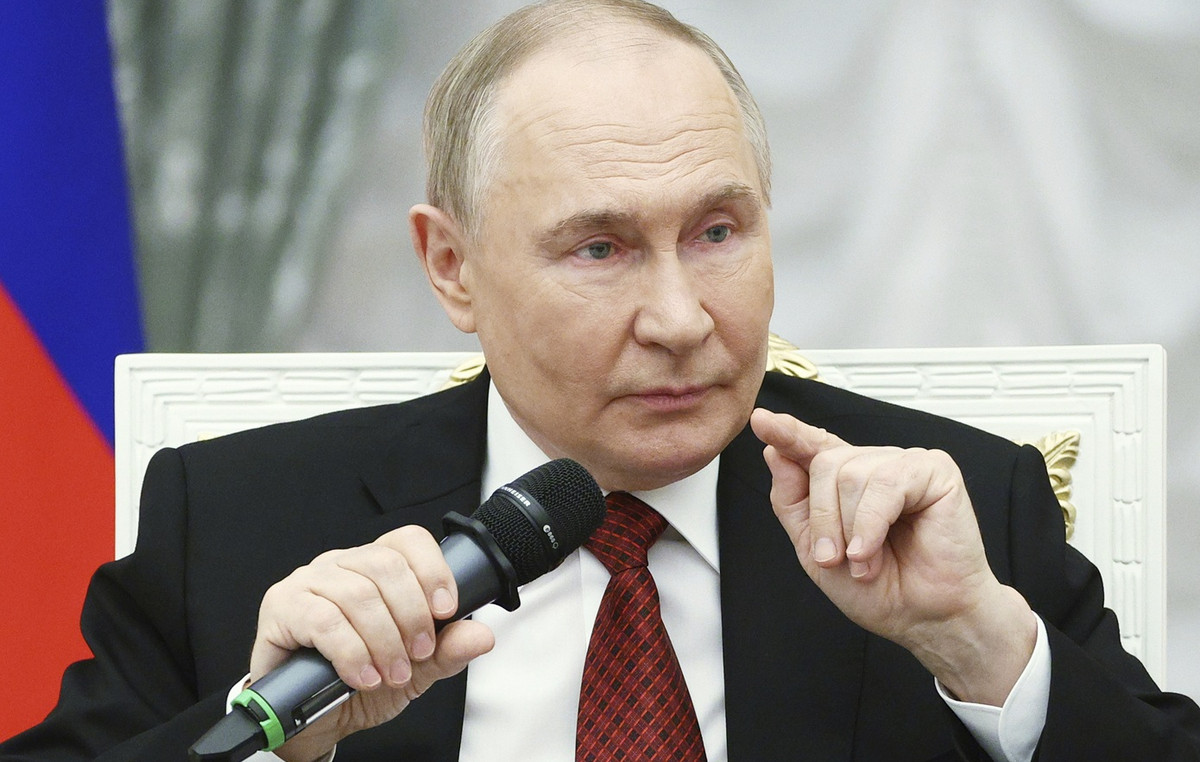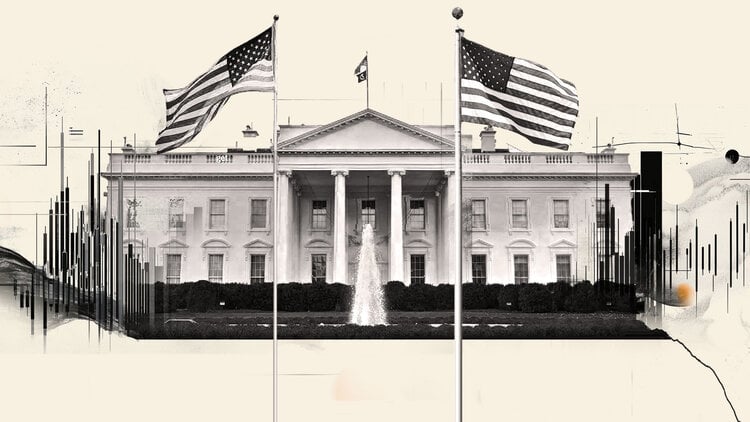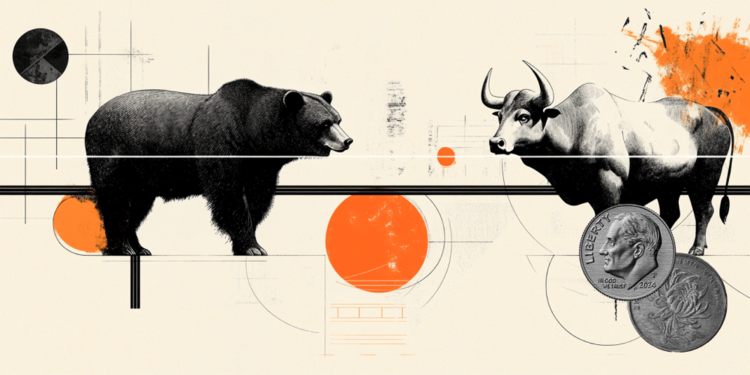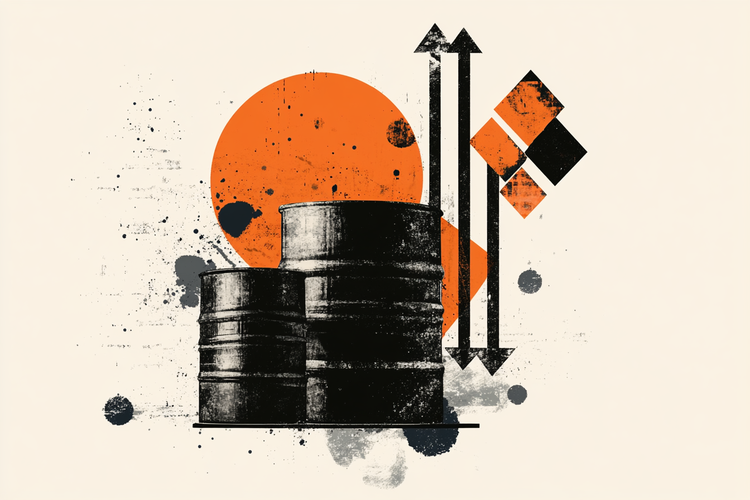- The Central Bank of Brazil raises its rates by seventh consecutive meeting.
- Brazil’s interest rates are at 15%, their highest level since 2006.
- The Brazilian real gains strength against dollar and the euro.
He Central Bank of Brazil has announced after its June monetary policy meeting that uploads interest rates in 25 basic points up to 15% from the previous 14.75%. The announcement has surprised the markets, since the rate was expected to remain unchanged.
With this movement, Brazil’s interest rates reach its highest level since July 2006, 19 years ago, when it stood at 15.25%. This is the seventh consecutive ascent since the cycle of increases began in September 2024.
Statement from the Central Bank of Brazil
The global environment remains adverse and particularly uncertain due to economic policy and economic perspectives in the United States, mainly with regard to its commercial and fiscal policies and their effects. In addition, the behavior and volatility of the different kinds of assets have also been affected, altering global financial conditions. This scenario continues to requiring caution by emerging market economies amid the climbing of geopolitical tensions.
As for the national scenario, the set of indicators of economic activity and labor market still shows some strength, although a certain moderation in growth is observed. In recent publications, general inflation and underlying inflation measures remained above the inflation target.
Inflation expectations for 2025 and 2026, compiled by the Focus survey, remained above the inflation target and are located in 5.2% and 4.5%respectively. COPOM inflation projections by 2026, currently the relevant horizon for monetary policy, are 3.6% in the reference scenario.
The risks for inflation scenarios, both up and down, remain greater than habituto the. Among the risks for the perspectives and expectations of inflation, it is worth noting: (i) a longer period of disagreement of inflation expectations; (ii) a resilience of the inflation of services greater than expected due to a more positive product gap; and (iii) a conjunction of internal and external economic policies with a greater inflation impact than expected, for example, through a currency persistently more depreciated. Among the downward risks, it is worth highlighting: (i) a slowdown of the internal economic activity greater than expected, which impacts the inflation scenario; (ii) a more pronounced global deceleration derived from commercial shock and the scenario of greater uncertainty; and (iii) a reduction in raw material prices with uninflationary effects.
The Committee continues to closely monitor the impact of the evolution of the fiscal sector on monetary policy and financial assets. The current scenario continues to be characterized by disagree expectations, high inflation projections, resilience of economic activity and pressures in the labor market. Guaranteeing the convergence of inflation to the goal in an environment with disagreeing expectations requires significantly contractive monetary policy for a very prolonged period.
The Copom decided to increase the SELLIC rate by 0.25 percentage points, up to 15.00% per year, and considers that this decision is consistent with the strategy of convergence of inflation to a level close to its goal during the relevant time horizon for monetary policy. Without compromising its fundamental objective of guaranteeing price stability, this decision also implies softening economic fluctuations and promoting full employment.
If the planned scenario materializes, the Committee foresees an interruption of the type up cycle To examine your cumulative impacts still to be determined and, subsequently, evaluate whether the current level of the interest rate, assuming that it remains stable for a very prolonged period, will be sufficient to guarantee the convergence of inflation to the goal. The Committee emphasizes that it will remain vigilant, that future monetary policy measures may adjust and will not hesitate to proceed with the interest rates cycle if appropriate.
The following members of the Committee voted in favor of this decision: Gabriel Muricca Galipolo (governor), Ailton de Aquino Santos, Diogo Abry Guillén, Gilneu Francisco Astolfi Vivan, Izabela Moreira Correa, Nilton José Schneider David, Paulo Picchetti, Renato Dias de Brito Gomes and Rodrigo Alves Teixeira.
Reaction of the Brazilian Real
The Brazilian real has strengthened after the announcement, although he has not managed to gain greater traction against the dollar because the American currency has risen after the announcement of the Fed and the words of Donald Trump suggesting that Iran has asked for a meeting. The USD/BRL quotes when writing about 5,4903, losing 0.16% in the day.
Contral the euro, the Brazilian real has reached today at its highest level in a month. The EUR/BRL has fallen to 6,2972 today, its lowest level since May 22. At the time of writing, the torque falls 0.18% in 6,3029.
Economic indicator
Interest rate decision
Monetary policy and their changes in interest rates are announced by the Central Bank Do Brazil. If the bank is optimistic in its inflationist expectations of the economy and raise its interest rates it is perceived as positive and upward for the Brazilian real. On the other hand, a pessimistic perspective of the economy or a rate cut is perceived as negative for the currency.
Read more.
Last publication: MIÉ JUN 18, 2025 21:00
Frequency: Irregular
Current: 15%
Dear: 14.75%
Previous: 14.75%
Fountain: Central Bank of Brazil
Source: Fx Street
I am Joshua Winder, a senior-level journalist and editor at World Stock Market. I specialize in covering news related to the stock market and economic trends. With more than 8 years of experience in this field, I have become an expert in financial reporting.







